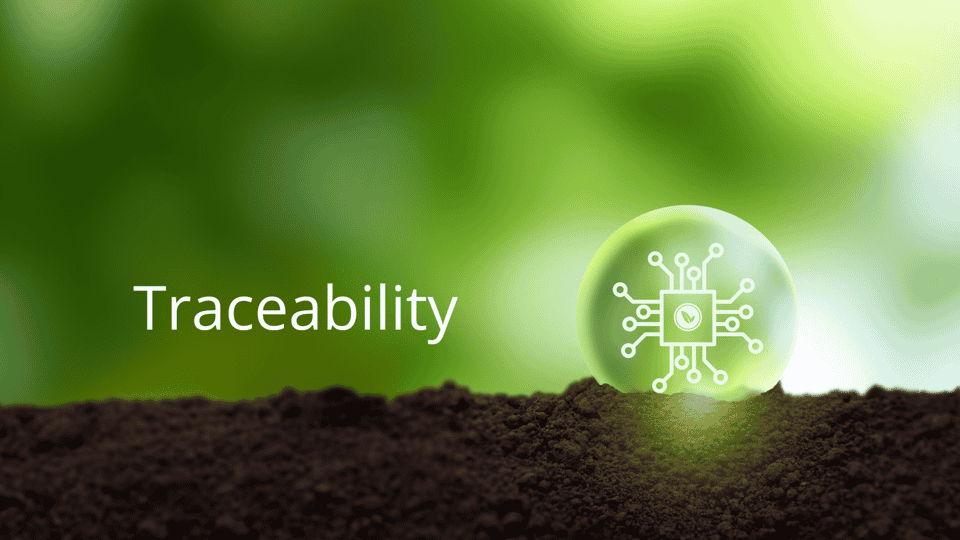Internal Sustainability: Our own operations & footprint
Internally, Lyngsoe Systems carry out a range of activities within Environmental, Social and Governance for creating a sustainable impact. Below are selected examples of key initiatives.
Calculating our Scope 1, 2 and 3 emissions annually
In line with the Greenhouse Gas Protocol, Lyngsoe Systems are calculating our Greenhouse Gas (GHG) emissions for Scope 1, 2 and 3*. For a start, we have established our GHG baseline for year 2022, verified by third-party, and we will calculate emissions annually going forward. We do this to ensure transparency on our carbon footprint and to set targets and define activities to continuously reduce it.
Our GHG baseline results for 2022 showed that Scope 3 make up the majority of our emissions. Within these, emissions from purchases of goods and services and use of sold products make up the majority. Therefore, we will have specific focus on these.
To further raise our ambitions and define plans for reducing our emissions and minimizing climate impact, Lyngsoe Systems aim over the next few years to sign up and commit to SBTi (The Science-Based Targets initiative).
*Scopes 1 and 2 cover direct and indirect emissions from assets directly owned by us. Scope 3 emissions are outside of our control and thereby the most difficult to calculate. We will work continuously on ensuring reliable data for the included Scope 3 categories.
Ensuring a sustainable sourcing and supply chain
Suppliers play a significant role in our supply chain, as most of Lyngsoe Systems’ products and solutions include components, materials or services purchased from suppliers.
Our Supplier Code of Conduct creates a solid ground for sustainable business throughout our supply chain. We thereby expect our suppliers to share and live up to our ethical standards and require them to sign and adhere to our Supplier Code of Conduct.
This is to urge suppliers’ sustainable business ethics and standards in their supply chain management. Besides from minimizing business and compliance risks related to human and labor rights, we expect suppliers to work for minimizing environmental impact and reducing energy consumption, consumption of materials and waste.




